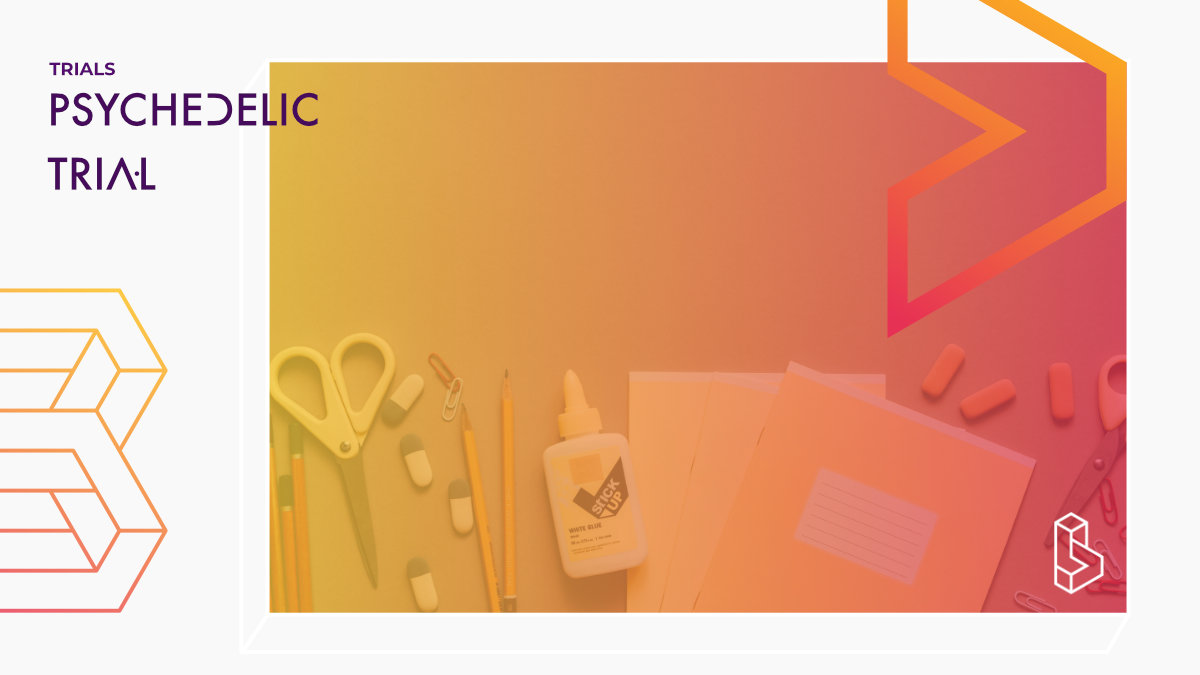This interventional, randomised pilot feasibility study (n=44, age 18-65) aims to assess the potential of single-dose interventions (including ketamine) in reducing re-admissions for hospitalised patients with severe alcohol use disorder (AUD).
The study, titled “Single-dose Interventions to Reduce Re-admissions for Hospitalized Patients With Refractory Alcohol Use Disorder,” compares the feasibility and effectiveness of extended-release (XR) naltrexone injection, intravenous (IV) ketamine infusion, and no single-dose medication (linkage-alone) in enhancing treatment retention and preventing re-admissions.
The primary outcomes include feasibility measures such as recruitment rate, patient acceptability, post-discharge follow-up rate, and adverse events. Additionally, the study aims to estimate the 30-day re-admission rate for each intervention group.
The enrolment period started on January 19, 2021, and the study was completed on February 1, 2022, with 44 participants enrolled. The study is in the Early Phase I, and the intervention involves randomising participants to receive XR naltrexone, IV ketamine, or enhanced linkage alone.
The primary outcome measure is the rate (%) of 30-day hospital re-admission, and secondary outcome measures include readiness-to-change, emergency department visits, urine Ethyl Glucuronide (EtG) levels, and self-reported binge drinking. The study is sponsored by the Denver Health and Hospital Authority.
Trial Details
Every year, alcohol use disorder (AUD) generates millions of emergency department (ED) visits and hospital admissions, costing the U.S. health sector over $90 billion. These hospital admissions are critical opportunities to start patients on addiction pharmacotherapy, but factors like medication non-adherence and post-discharge relapse contribute to frequent re-admissions. Two single-dose interventions are well suited to facilitate treatment retention and prevent re-admissions due to their prolonged, adherence-independent effects: extended-release (XR) naltrexone injection and intravenous (IV) ketamine infusion. These have not been thoroughly investigated in the hospital setting among high-utilizer, safety-net populations. Therefore, the investigators aim to: 1. Test the feasibility of randomizing hospitalized patients (n=45-60, age 18-65) with multiple AUD-related admissions to treatment with either extended-release (XR) naltrexone, intravenous (IV) ketamine, or no single-dose medication, all with enhanced linkage to care. Feasibility outcomes such as recruitment rate, patient acceptability, post-discharge follow-up rate, and adverse events will help to identify key lessons for a future comparative effectiveness study. 2. Estimate the 30-day re-admission rate for patients randomized to treatment with XR naltrexone, with IV ketamine, or no single-dose medication, all with enhanced linkage to care. The investigators hypothesize that the re-admission rate will be lower for each of the two single-dose medication groups than for the "linkage-alone" group.NCT Number NCT04562779

